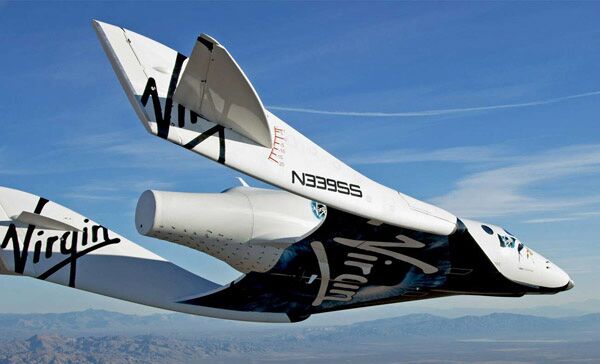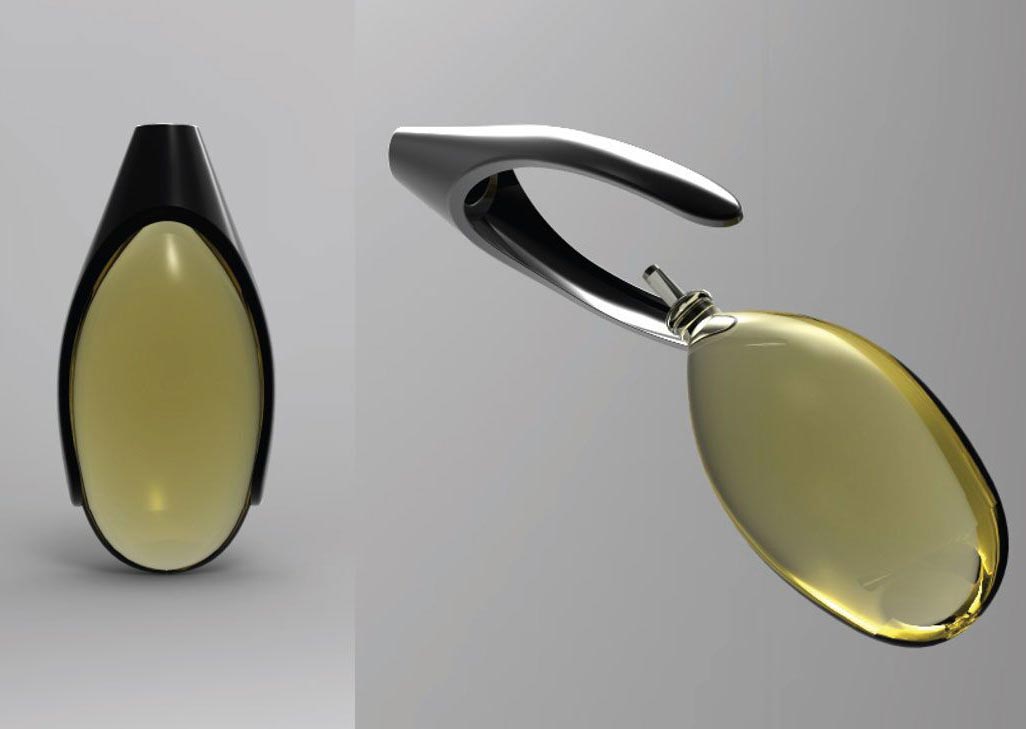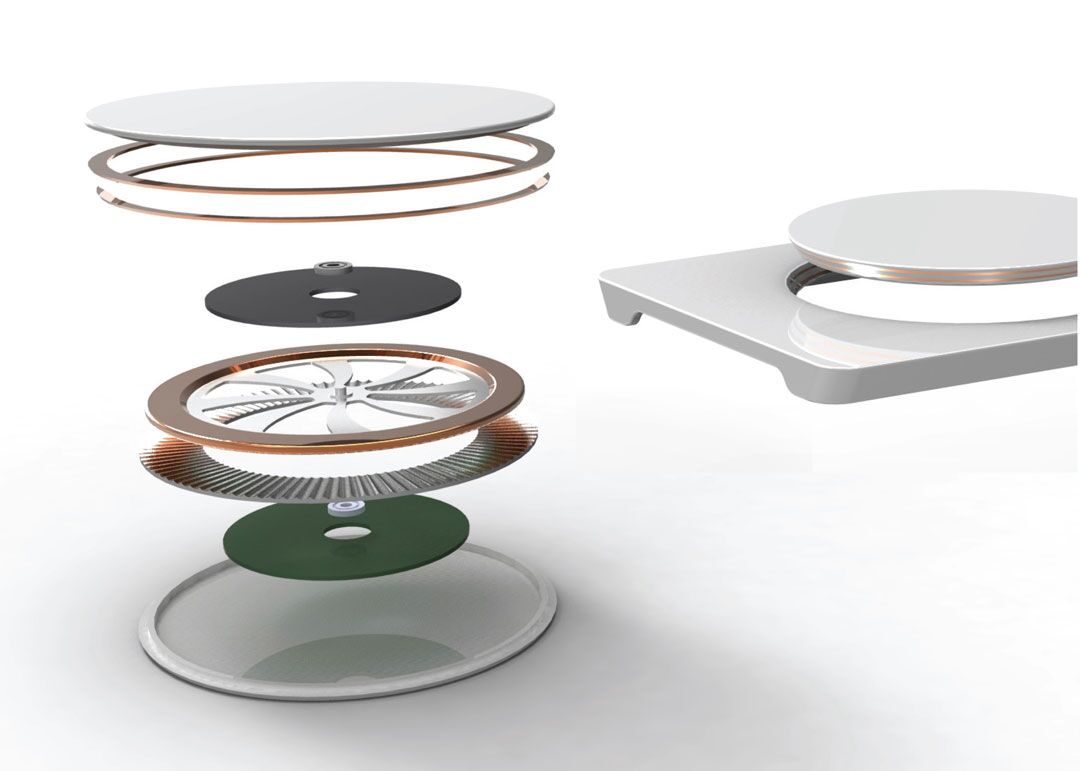Exploring Ways to Make Space More Comfy for Humans
While studying Industrial Design at RISD, I worked on a number of projects in parternship with NASA that developed my interest designing for space travel. Those experiences eventually led me to my first projects in VR.
RISD MOONBUGGY
//ENGINEERING+DESIGN.MANAGEMENT
My first project with NASA was in a class where we designed and built a human powered vehicle for their annual Great Moonbuggy Race competition. The project extended well past the class successfully entering and winning multiple awards at the competition, being commemorated in a book written by myself and Bryan Cloyd, and founded a club that competes in the competition every year to this day.
The original class was one semester long and as a team of 13 we were able to go from initial concept to working prototype. The final construction and assebly of the vehicle was a nonstop effort that lasted 11 days. This vehicle was itterated on for 3 years until it was finally retired.
The vehicle had to carry two passengers, navigate brutal terrain, and fold into a 4x4 foot cube. We went with a back to back three wheeled design to reduce weight and keep the center of gravity at the center of the vehicle. I led the drivetrain design which allowed for all wheel drive and an innovative locking differential.
This is an engineering competition primarily targeted to engineering students from all over the world. We were the first art school to ever enter the competition, so we had a lot to prove. In the 2 years I was on the team we won Rookie of the Year, 3rd Place, Best Engineering Design, and 6th Place. We were proud to show that the design process and craft can achieve real world results.


For more information about our process download this PDF of a book commissioned by the Rhode Island Space Grant. It catalogs the first two years of the team.
NASA INTERSHIP
//INDUSTRIAL.DESIGN+PHYSICAL.PROTOTYPING
As a result of the success of the moonbuggy I was offered an intership over the summer working with the Habitablity Design Center at the Johnson Space Center in Houston. I focused on building a variety of prototypes for various vehicles headed for Mars.
SPACE IN SPACE
//INDUSTRIAL.DESIGN+CONCEPTING
My senior thesis at RISD was to design a consumer space flight experience. I collaborated with Jackson Seidenberg and Bryan Cloyd, as well as getting feedback from our contacts at NASA. We set out to solve many of the major quality of life issues someone might face over a few day visit to orbit. My focus was on the main living room, as well as the dining experience.
We modeled the trip off of what we thought might be possible in the near future of space flight. That meant a small capsule that would be sent into low earth orbit, then land after 2 days. We organized the space with the public area near the front, personal cabins in the center, and a private space/laterine in the back. It's built to accomidate 4 passengers and 2 crew.
For the dining experience we wanted to create familiarity. We had heard from astronauts that meals were a very important ritual for feeling grounded while on the ISS. We wanted the interior to transform for dinner, so we have warm lights drop from the ceiling, and a table extend. We also have gyroscopically stabalized trays that the food could be brought out on and integerated into the table. While this setup looks traditional and unnecessary in zero-G, having a familiar scene and clear orientation can actually help reduce motion sickness.
Eeating food can be complicated in zero-G. I focused on a dining set that wasn't just easy to use but estetichally pleasing. The most innovative work was done on the cups and shot glasses. The cups provide a holster that you can grab with interchangable pouches of liquid. The shot glasses use surface tension (which plays a much larger role in zero-G) to allow a bubble of liquid to be placed on the top of the "Tee" and then be sucked up through the straw.
We designed sleeping cabins that allowed each passenger to have their own private space during the trip. The cabins could transform from a couch to a bed, and dividers between rooms could be lowered for couples on board. We mocked up the cabins to scale, and gained confidence in their design when our classmates started sleepin in them during finals.
ADR1FT
//UI.DESIGNER+UNITY.PROTOTYPER
When I first heard about VR it was pretty clear to me what I wanted to do with the technology - experience what zero gravity was like. I decided rather than wait around, I'd buy an Oculus dev kit and build my dream experience. I started to prototype a space exploration game in Unity and quickly realized how far in over my head I was. A few months after my prototype I read an article in Polygon about a game company working on something very similar. The project was called Adr1ft. I reached out to their team and ended up helping them with some of the early UI concept work on their Oculus Rift launch title. It was so exciting to see my dream game come together up close.
Selected Works

VR.DESIGN+MOBILE.DESIGN+DESIGN.MANAGEMENTAs a founding member of Facebook VR design I helped build a thriving VR ecosystem

INTERACTION.DESIGN+PROTOTYPING+INDUSTRIAL.DESIGNSamsung Research invested in our small team to explore the potential use cases for AR glasses

INDUSTRIAL.DESIGN+METAL.WORKING+GAME.DESIGNThrough my time at RISD I worked on a variety of projects with NASA that eventually led me to VR

MOBILE.DESIGN+WEB.DESIGN+GRAPHIC.DESIGNI love contributing my skills to charities

INDUSTRIAL.DESIGN+WOODWORKINGA way of keeping up my craft

GAME.DESIGN+3D.MODELING+PROTOTYPINGDesign should be fun
Wanna collab? Hit me up
©_©
©_©






























